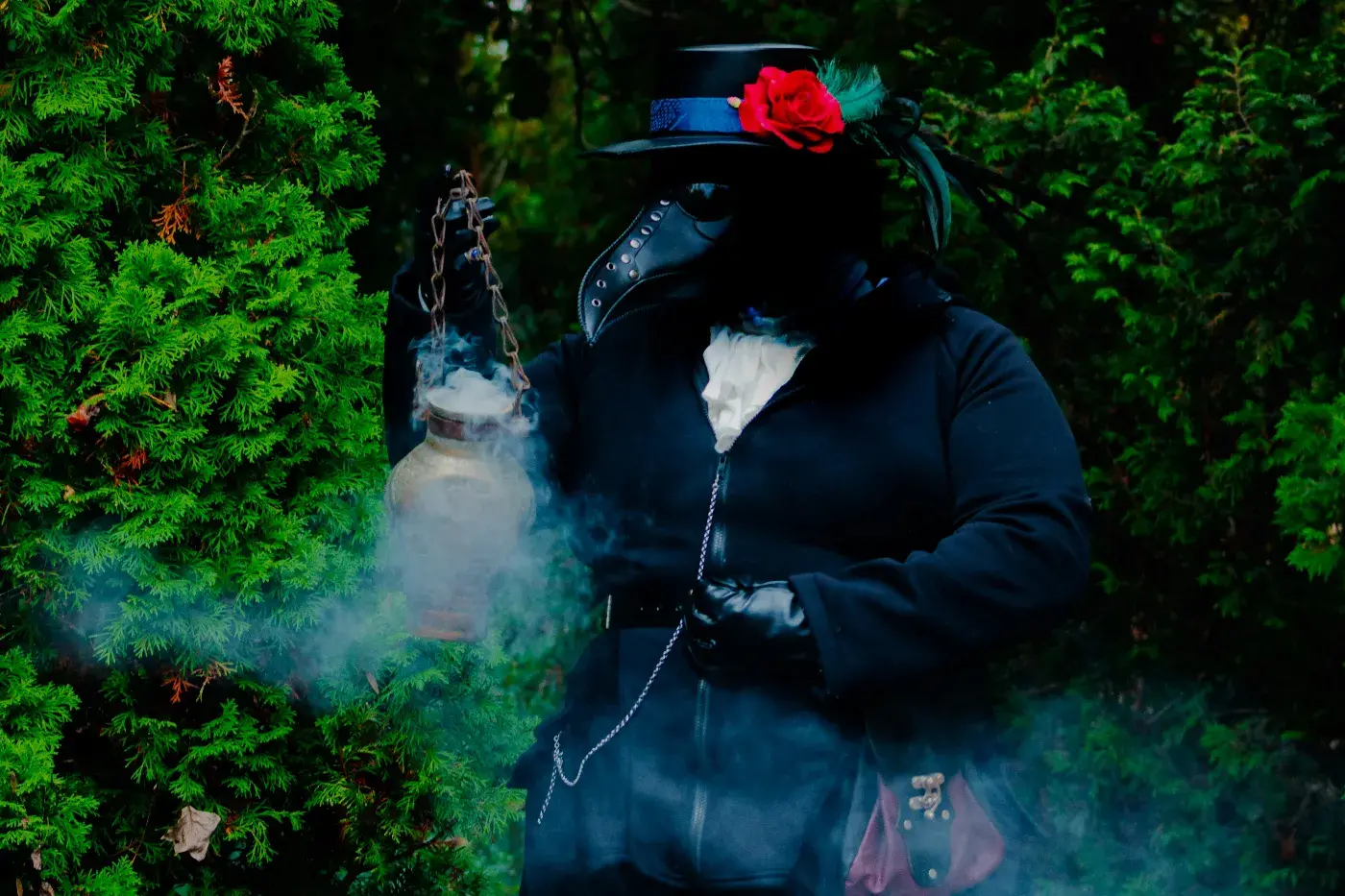The Costume And Its Significance In The Modelling World
A costume is much more than "just" clothing for halloween. Rather, it is a creative way of embodying a role or visually representing a character. As an actor, you can often immerse yourself in the world of costumes. Whether in theatre performances, film productions or commercials . A costume helps you to slip into a different identity and thus fully convey the essence of the role you are playing.
What do you need costumes for?
Costumes are indispensable in the world of actors . Whether on stage or in front of the camera. They are an essential part of bringing a story to life. In theatre, they are often detailed and historically accurate to represent the time and place of the action. In film and television , costumes can also be modern or futuristic. Depending on the genre and story. As a model , you will experience the variety of costumes at first hand, as they help to professionally emphasise the desired mood or concept of a fashion show or photo shoot.

From idea to use: the creation of the costume
The creation of a costume usually begins with an idea or a concept. The costume designer, who is responsible for designing the costumes, works closely with the director , stylist and other creative minds to develop a clear picture of the end product. As a model, you are usually involved in this phase, as your measurements and personal style can influence the design. The make-up artist also plays an important role by adapting the make-up to the costume and thus completing the overall look. After the concept phase, sketches are created and fabrics are selected. The costume designer, stylist and their assistants then begin to make the costumes. Fittings may be required at this stage to ensure that everything fits perfectly and looks good. This is where you come into play again: your feedback during the fitting is relevant in many ways when it comes to having to make any changes to the costume.
Who is responsible for costumes?
The main person responsible for costumes is the costume designer. In collaboration with the stylist, who is also responsible for the overall styling, and the make-up artist , who creates the make-up, a harmonious overall concept is put together. You also have an important role as a performer, as you bring the designer's vision to life. Your ability to bring the costume to life and embody the character is irreplaceable.

Differences in costumes between film, television and theatre
The requirements for costumes vary greatly between the areas of film, television and theatre. In theatre, costumes need to be robust and durable as they are often worn and moved around for long periods of time. They must be clearly visible from a distance and clearly define the characters. In contrast, film and television productions can place more emphasis on detail as the camera captures even the smallest nuances. In film or television, you wear costumes that are often bespoke and designed specifically for certain shots or scenes . These costumes not only have to look good, but also be functional to ensure the best freedom of movement for you. In theatre, on the other hand, you can look forward to the challenge of wearing costumes that help you to literally bring the story to life on stage through your acting and presence.
